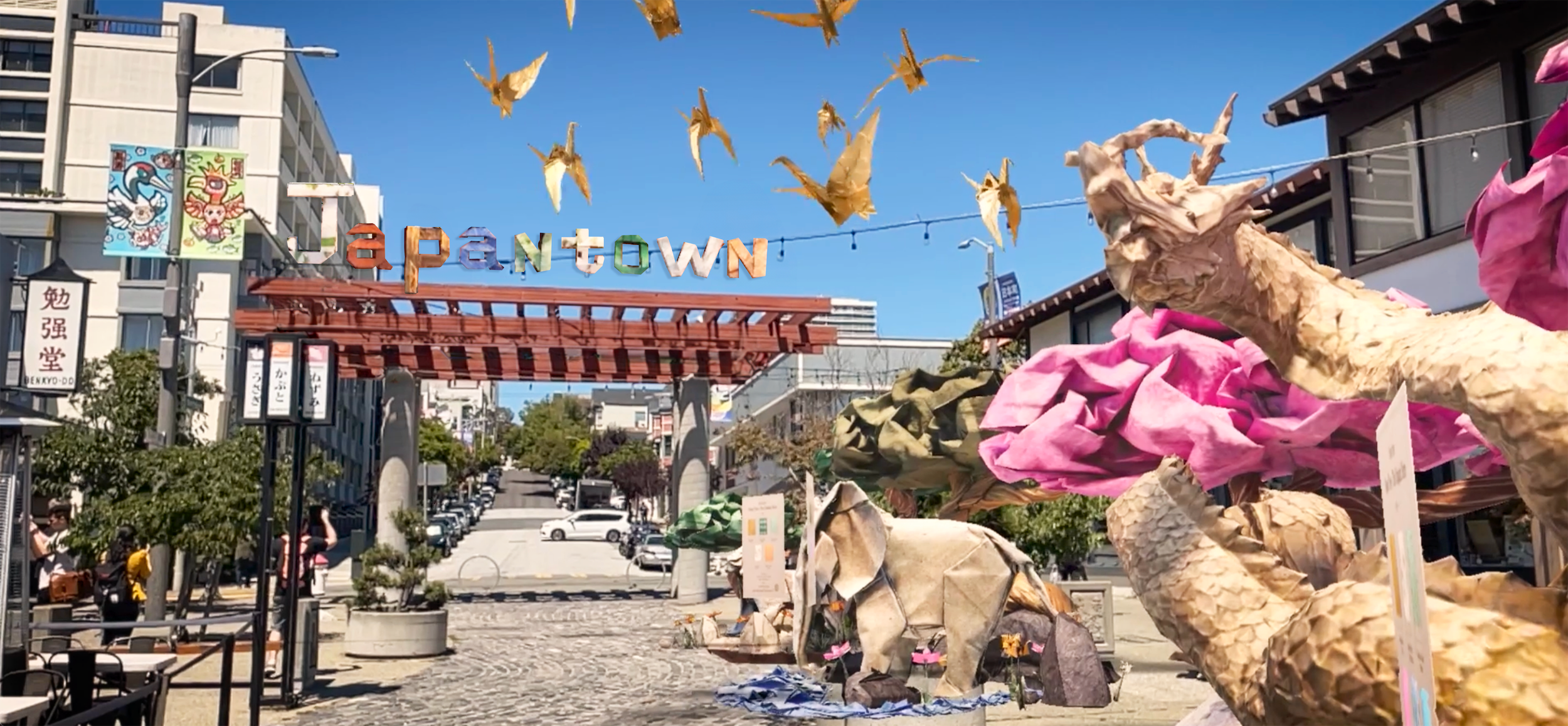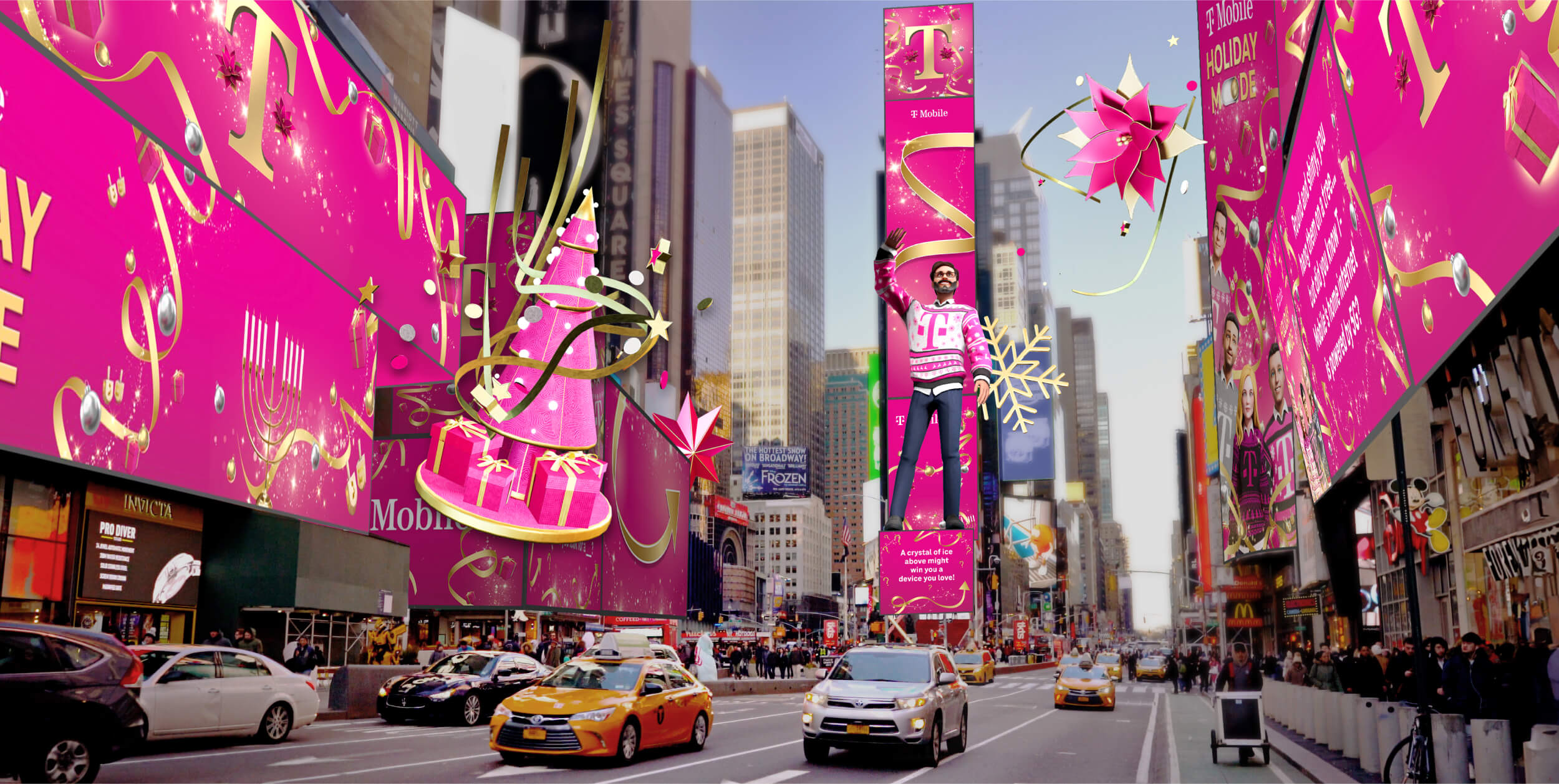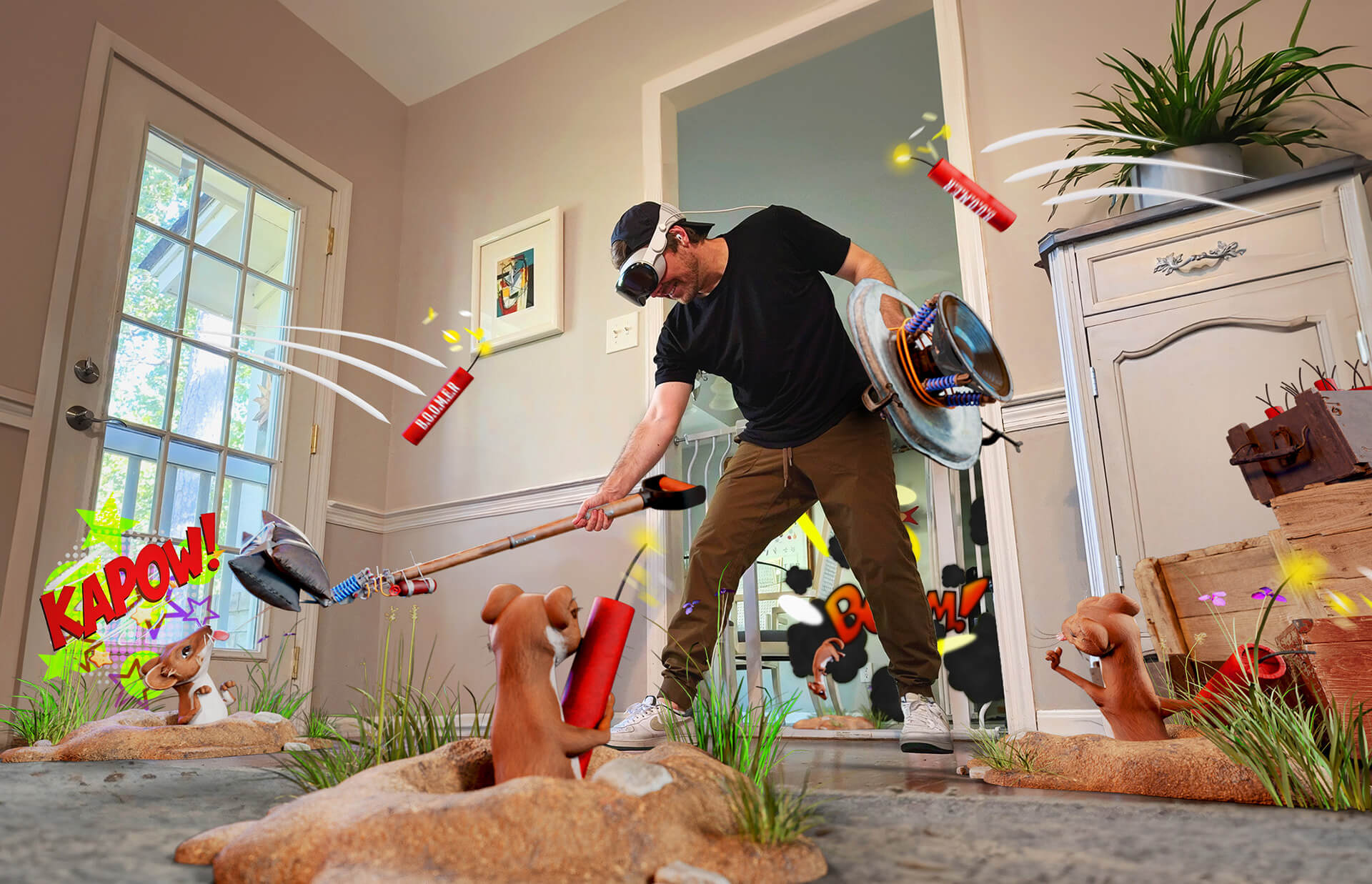
Image: Paper Tree Experience in Japantown, San Francisco, Geospatial Creator, Google
With more interactions, notifications and touchpoints vying for user attention than ever before, making the right kind of impact has never been more crucial. Creating unique experiences that both stoke your audience’s imagination and signal your brand’s value can be the difference between building lasting relationships with customers and wasting budget on campaigns that just get ignored.
The global extended reality (XR) market is growing, expected to increase in value to over 100 billion USD by 2026 from 29 billion in 2022. It’s not surprising as we look at younger generations, especially since 93% of Snapchat users are interested in using AR for shopping.
Thanks to Geospatial Creator, building and publishing immersive content experiences has just become easier. Powered by ARCore and Google Maps Platform, developers can visualize real environments and produce world-anchored augmented and mixed reality products, opening up creative opportunities for brands across the globe.
Keep up to date
Sign up to our newsletter for exclusive updates and content, delivered directly to your inbox.
What is Geospatial Creator?
Geospatial Creator is a tool that enables developers to access the 3D geometry of real-world locations and build augmented reality (AR) experiences for both Android and iOS devices. Available in Unity and Adobe Aero, creators can select a place and build, preview and publish 3D digital content that can then be accessed by end users in the physical world.
Google’s geospatial tools draw upon more than 15 years’ worth of Google Maps data. Accurate localization is made possible with Google’s Visual Positioning Service (VPS) — the same technology that has been powering Google Maps Live View since 2019 — while Scene Semantics, Photorealistic 3D Tiles and Rooftop anchors enable developers to identify and understand the unique components within a scene and anchor digital content in real time and space.

Image: T-Mobile Holiday Mode, Time Square, New York, Geospatial Creator powered by ARCore and Google Maps Platform, Google
Why does Geospatial Creator matter for brands?
So what does this mean for brands?
In basic terms, you can now deploy cross-platform, world-anchored immersive experiences with significantly more coverage and without having to scan the physical space yourself. Calling upon the gargantuan coverage of Google’s existing location data speeds up the process of overlaying digital content onto the physical world. It’s important to note that this is not the first instance of VPS — similar capabilities can be found through Niantic Lightship VPS or Sturfee — though these have relied on different data capture techniques such as in-person location scanning, crowdsourcing or satellite imagery.
What’s particularly exciting about Google’s offering here is its accessibility. With integrations in Unity and Aero, developers can build high-quality, accurately anchored and geometrically realistic experiences without needing to physically visit the location themselves, and audiences can access them natively in-app or app-less via Aero.
Let’s chat
Not sure where to start? Book a free strategy call with us to get started! No strings attached.

According to Ben Sax, Augmented Reality Producer at Adobe, “This is the moment that AR has been waiting for. Creators can now build and deploy digital experiences with the world as their canvas.”
As we move towards a more widely accessible and friction-less digital layer, the commercial possibilities really are endless. Brands have the opportunity to elevate the way their audiences discover and engage with their products, beyond the limitations of print and conventional digital media.
As brands seek to develop immersive experiences built in Adobe Aero with Google’s Geospatial Creator, it’s important to work with premiere agencies that have deep knowledge around designing and developing for XR. Rock Paper Reality has become one of our most trusted collaborators and have helped us push our platform and the medium to the edge of what’s possible.”
Ben Sax, Augmented Reality Producer at Adobe
RPR: The specialist immersive agency for Geospatial projects

Image: RPR experience for Ben & Jerry’s on Adobe Aero
The team at Rock Paper Reality has over 15 years’ experience in the augmented reality space and has delivered projects for clients including Red Bull, Lenovo, Amazon Studios, Motorola and Microsoft.
Last year we teamed up with Adobe and Ben & Jerry’s to build an AR game to promote the launch of new Sundae pints. After creating a unique 3D world from modeled assets, we deployed the interactive experience via Aero, where customers could learn about the product and even request a customized Sundae to their door. It enabled users to explore the layers and ingredients in a whole new way and won the People’s Voice Webby for Metaverse, Immersive & Virtual Food & Drink earlier this year.

Image: Digital origami dragon and tree developed by RPR for Paper Tree
We’re also currently collaborating with Adobe Aero and paper craft supplier Paper Tree. The project will use Google’s geospatial technology to transform Japantown in San Francisco with 3D digital origami artwork, creating a virtual guide to the stores in the plaza and showcasing the history and culture of the space. Using Adobe and Google’s geospatial technology enables us to integrate the AR experience directly into the physical location, without the need for image targets or tracking.
If you’re ready to launch your first Geospatial Creator experience, we’d love to hear from you. Get in touch to get the conversation started.
